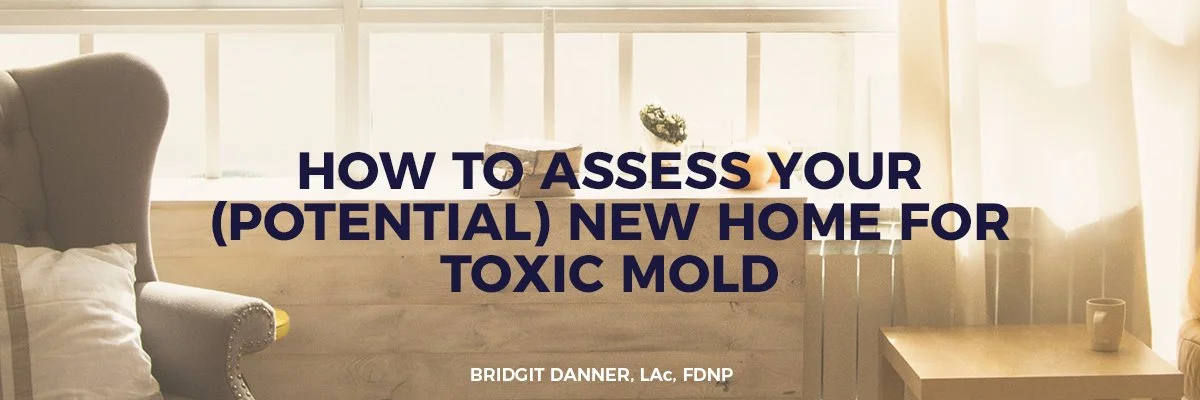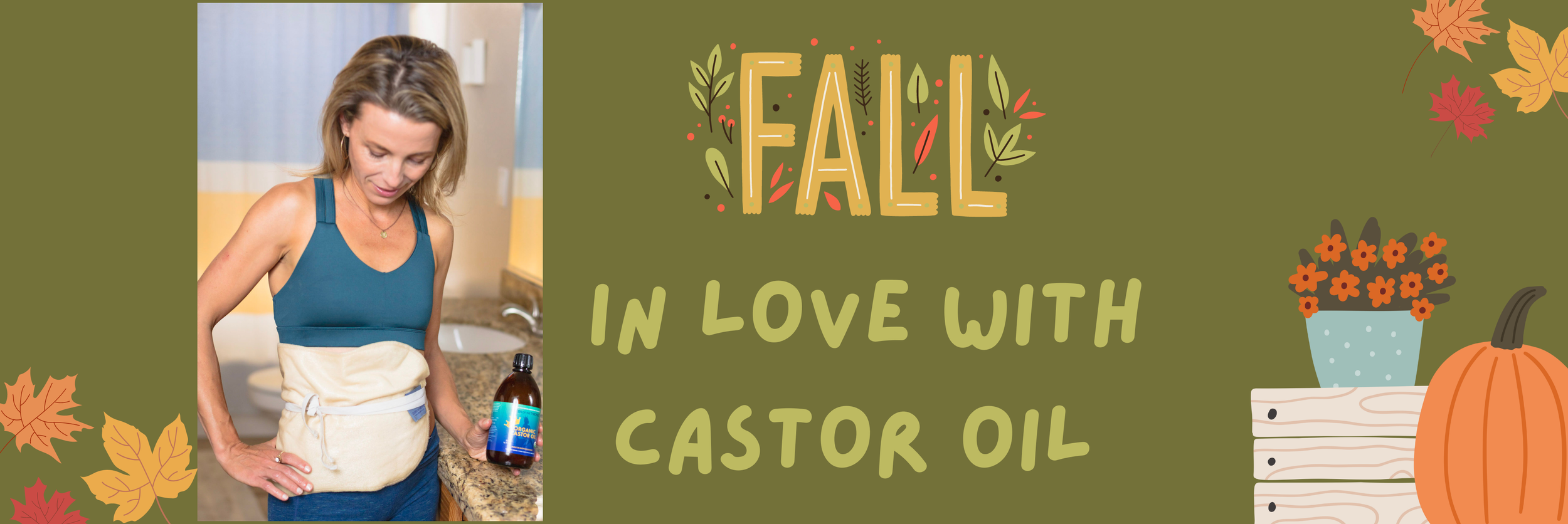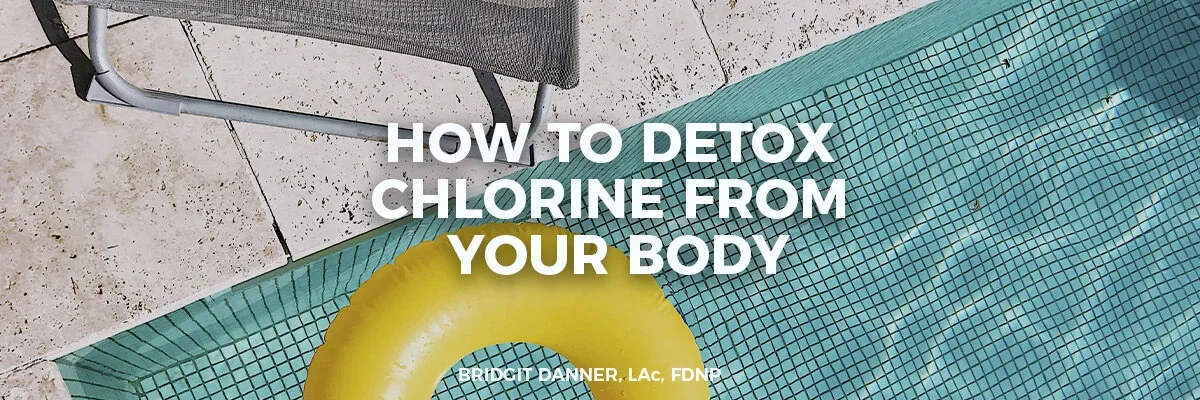How to Assess Your (Potential) New Home for Toxic Mold
Recovering from mold illness is a lot like going to college. It can take years, and there’s so much to learn. From detoxing your body, remediating your home, and sorting your stuff – there are a lot of moving parts.
However, there’s one crucial piece that often gets ignored: assessing your potential new home. After all, who wants to move out of a moldy environment simply to move straight into another?
To truly heal, you need a clean, safe space. This article breaks down exactly what to look for when you’re searching for your potential new home.
Things to Consider When Assessing a New Home
According to a recent report from the Federal Facilities Council, a shocking 43% of buildings in the U.S. have current water damage, and 85% have past water damage. Yikes!
That’s why when looking for a new home; you need to do your homework. The suggestions offered below are a great starting point if you are looking for mold in a current home or a potential new home. Most of these suggestions are free.
Use your five senses:
Do you smell mustiness anywhere?
Does it feel humid or stuffy?
Do you feel lightheaded, tachycardic (heart racing), drugged, or angry in the space?
Do you see any visible mold or water marks?
Can you see or feel a film on the underside of furniture?
Do you hear any dripping or toilet always running, etc.?
If you touch these areas, are they wet?
Common problem areas:
Ceilings and ceiling tiles
Baseboards, especially at perimeters of building
Under kitchen sinks
Around bathtubs, showers, toilets and bathroom sinks
Around washing machine and inside the rims (always leave door open when not using)
Dishwasher
Basements
Attics
Crawlspaces
Closets
Outer perimeter of house (standing water)
Gutters (not draining away from home)
Windows
Under futons
Rooves (look for signs of damage)
HVAC ducts and air conditioners
Electric toothbrushes and toothbrush cups
Books, bookshelves, filing cabinets and filing boxes
Storage bins and storage units
Under and around refrigerators
Floor mats, carpets, and drapes
Around water heaters
Cars, boats, and RVs (always winterize properly and use desiccants)
Houseplants (don’t overwater!)
Garages
If you are looking to rent or buy, always ask about previous water damage and how it was corrected.
Bear in mind that most homes will have prior water damage; things happen! So if you see some water damage under a sink in an apartment, it’s not necessarily a deal-breaker. If that apartment is also in a basement and smells musty, then it’s a no!
Lessons Learned from My Own Mold Recovery
As I look back to my own home, we could have noticed the following, had we been looking:
Musty smell in basement
Gutters not draining correctly
Slight mold on baseboards of basement
Recent water seepage into basement
But most of our mold was not visible -- it was in the walls as a result of poor drainage, improperly installed building additions, and improperly installed windows. We had some water penetration in the attic too.
Except for a dampish basement, our house seemed fine. But we should have been running a dehumidifier in our basement the whole time, and we should have checked for correct drainage away from the house.
Take Back Your Home, Health, & Life From Toxic Mold
Looking back at my own mold journey, there are so many things I wish I’d known. Hindsight truly is 20/20. I’ve learned so much valuable information over the years that sometimes I feel like a walking mold encyclopedia!
This brings me to some exciting news – in April, my new book The Ultimate Toxic Mold Recovery Guide is coming out! It’s jam-packed with everything you could possibly want to know about recovering from mold illness.
This book was created for YOU my community, to walk you step-by-step on how to take charge of your home and recover your health. You can get a sneak peek at it here >>>
Bridgit Danner, LAc, FDNP, is trained in functional health coaching and has worked with thousands of women over her career since 2004. She is the founder of Women’s Wellness Collaborative llc and HormoneDetoxShop.com.
Check our her easy 5-Day DIY Detox Guide here!












Silver has been valued for centuries for its natural antimicrobial properties. When silver particles come into contact with bacteria, fungi, or viruses, they disrupt the microbe’s cell membranes and interfere with their ability to survive and reproduce. This makes silver an effective tool for reducing harmful microorganisms on surfaces, in water, and even in the body (when used appropriately).